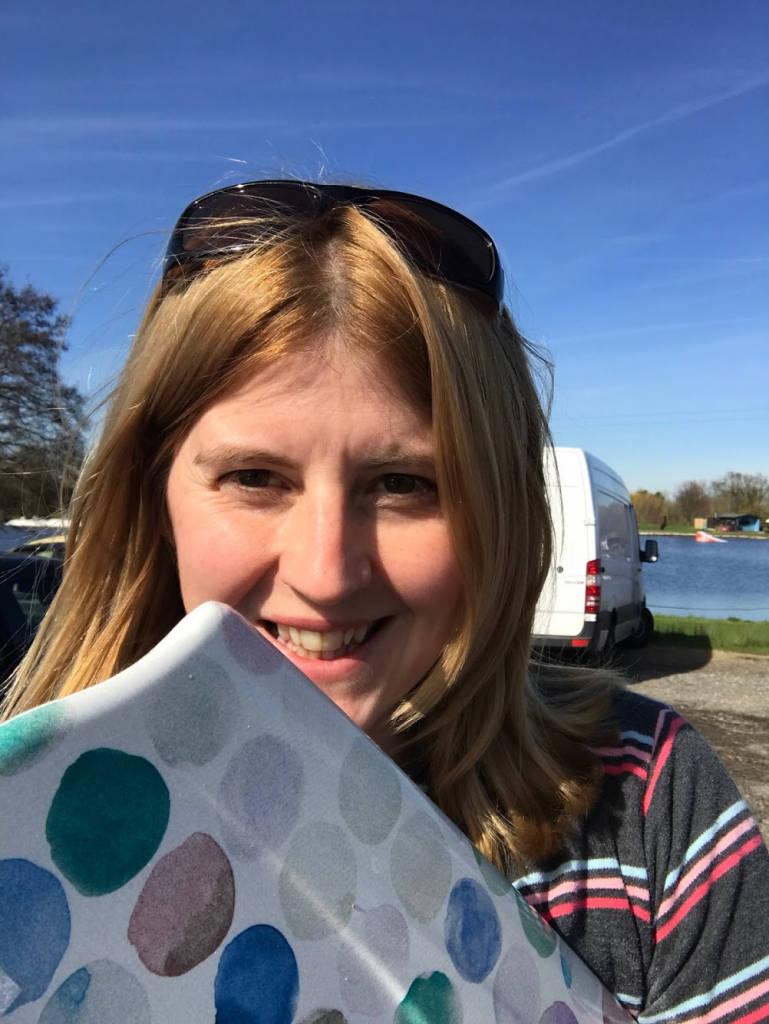If we think of world experts, we often think of people, that are candidates for the Nobel prize. We tend to have the believe, that we will never be able to achieve such a status. Actually most of us probably don’t even think about getting to this level.
This is why we are so happy to have Claire Brittain as our guest on the show. In an ordinary role of a statistician working in early phase, she has done outstanding work.
Listen to her story of how she came to be called a world expert on Progressive Supranuclear Palsy (PSP), a rare neurodegenerative disease.
This amazing story has lots of learnings for each of us.
Finally, Claire will present a poster about her work at the PSI conference in Amsterdam. Actually, it’s not just a poster, but listen to the episode and you’ll learn what’s so special there.
About Claire Brittain
Claire has worked in medical statistics for 15 years with most of those years in early phase pharmaceuticals. Until recently she has resided at Eli Lilly, but by the time you listen to this podcast she’ll be at UCB. After a secondment to preclinical in her GSK-years she became interested in translational and methodology studies taking pleasure from making statistics pragmatic with science at the heart of any discussion.
She became increasingly interested in PSP when a friend of the family was diagnosed with CBD (the sister disease to PSP). Seeing the impact of the disease first hand and the acceptance that there is no cure motivated her. This podcast is about her journey to understand the disease better and potentially improve the probability of success of a future asset.
When not at work you’ll tend to find Claire with her feet attached to a wakeboard, chasing her 3 small boys or a glass of rum and coke in her hand… usually not all at the same time!
Never miss an episode!
Join thousends of your peers and subscribe to get our latest updates by email!
Get the
